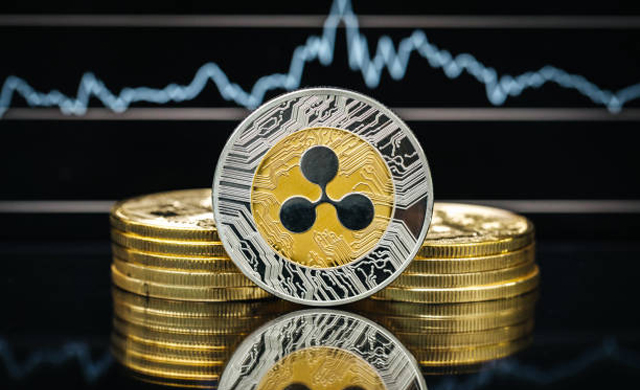This article examines the landmark approval of the first U.S. spot XRP ETF, the regulatory cooperation that enabled its launch, and the broader implications for institutional adoption and the digital asset market. It highlights key developments shaping XRP’s evolution within the global financial landscape.

Landmark Approval of the Canary XRP ETF
The approval of the Canary XRP ETF marks a defining moment for XRP’s integration into U.S. financial markets. As the first spot XRP ETF, it gives investors regulated, direct access to the token. Scheduled to launch on November 13, 2025, it mirrors earlier milestones seen with Bitcoin ETFs.
The ETF operates under the Securities Act of 1933, allowing it to bypass the complexities of the 1940 Act. This structure enables transparent exposure to XRP’s spot price without futures contracts. With a management fee of 0.5%, it remains accessible to both retail and institutional participants seeking streamlined crypto investment options.
Strong Institutional Interest and Market Expectations
Institutional enthusiasm played a major role in accelerating regulatory approval. Canary’s leadership noted similarities with the launch patterns of Bitcoin and Ethereum ETFs, which quickly attracted sizable inflows. Analysts predict the XRP ETF could draw as much as $5 billion in its opening month, significantly impacting market liquidity.
Nasdaq’s certification on November 12 ensured the ETF met all listing requirements, clearing the way for immediate trading. The SEC’s timely effectiveness notice further highlighted a coordinated regulatory effort. These developments position the ETF to begin trading smoothly at market open, reinforcing confidence among institutional and retail investors.
Regulatory Cooperation and System Support
The ETF’s progress benefited from strong regulatory alignment. SEC Chairman Paul Atkins and Commissioner Hester Peirce supported efforts to modernize digital asset oversight. Their involvement reflects a growing acceptance of crypto within regulated frameworks, further strengthened by the end of a prolonged government shutdown that previously delayed similar filings.
The Depository Trust & Clearing Corporation updated its systems to accommodate XRP-related securities, improving settlement efficiency. This technical enhancement reduces operational risk and ensures post-trade reliability. Together, these regulatory and infrastructural advancements demonstrate a maturing environment that bridges traditional finance with the expanding digital asset ecosystem.
Broader Implications for XRP and Future ETFs
The ETF tracks the XRP-USD CCIXber Reference Rate Index, guaranteeing precise market-based pricing. Unlike futures-driven alternatives, this structure provides clean, unleveraged exposure to XRP. Analysts believe this design could stabilize liquidity and attract investors who prefer transparent, regulated entry points into digital assets.
Several additional XRP ETF filings are progressing through automatic effectiveness pathways. Their potential approval would expand institutional access and affirm XRP’s growing recognition as a regulated asset class. The introduction of the first U.S. spot XRP ETF sets a benchmark for future offerings, fostering innovation and supporting wider global adoption.
Learn from market wizards: Books to take your trading to the next level

 Hot Features
Hot Features












